Fuji X-Pro1: Still a viable choice in 2022?
Since we are just a few months away from the end of the year, please allow me to jump into 2022 instead of 2021. First thing first, yes, you can still use it to shoot. A camera is a camera, it is still capable of doing what it is designed to do. What I cannot answer is whether it is still viable in the year 2022.
I do not own the X-Pro1 but I managed to borrow it from a friend for about a month to have a total hands-on experience with this classic rangefinder-style camera. Why am I using the X-Pro1? That’s because I come across friends asking me these questions many times:
“I am on a budget, and I am interested in starting to learn photography. Do you think the X-Pro1 is worth getting?”
“Is the X-Pro1 still usable as a second camera system?”
Unfortunately, I cannot share my opinion with my friends because I do not have one. Hence, I always recommend my friends to rent it from a camera rental store or borrow it for at least a week from someone who has it. And in this one week, they have to try to bring it with them and do some shots every day to see what’s missing in this camera for their shooting preferences.
But now, it is a whole new different story for me.
RIGHT: Fuji X-Pro1 . Fuji XF18mmF1.4 @18mm . f/11 . 1/1800” . ISO 800 . Post-edited
Disclaimer:
1. All the shots in this article were shot by me.
2. Most of the shots are slightly edited in Lightroom Classic to my preferences. Otherwise, the shots are straight out of the camera.
3. The opinions are based on my experience. If there is any mistake, please kindly drop me a message, and I will gladly make the amendment.
4. I reserve ownership of these images, if you wish to use my images, please notify me.
A little of my Fuji history
My first interchangeable lens mirrorless camera was the X-T2, and now the X-T3 and X-E3. I have never held an X-Pro1 and shoot the outside world with it. That is why I lack experience with the first mirrorless camera from Fujifilm.
How is the experience using it in the outside world? I was always told that the first generation was slow, and sometimes the focusing can let one person frustrated, and the list goes on. I think this is a good opportunity for me to experience the good and the bad about this classic guy.
RIGHT: Fuji X-Pro1 . Fuji XF70-300mmF4-5.6 @70mm . f/4 . 1/125” . ISO 800 . Post-edited
Before I start, I believe everyone is familiar with the X-Pro1. Thus, other than my experience, I will not share the technical specification.
Build Quality
When I hold this camera, the grip, touch, and weight give me a premium touch. I cannot believe this camera was made 10 years ago. Its craftsmanship still looks amazing today. The dials and buttons feedbacks are great.
I know some people do not like the ergonomic of the rangefinder-style camera, but I quite like it. Looking through the optical viewfinder is a joyful experience. It reminds me of the DSLR days, but this experience is way better.
RIGHT: Fuji X-Pro1 . Fuji XF35mmF1.4 @35mm . f/4 . 1/1250” . ISO 1250 . Pro Neg Hi
Shooting Experience
For the shooting experience, I think it is good to split into two segments. The first is with the first generation of Fuji lenses, and the second is with Fuji’s newer generation of lenses.
RIGHT: Fuji X-Pro1 . Fuji XF27mmF2.8 WR @27mm . f/2.8 . 1/90” . ISO 3200 . Pro Neg Hi
I) With Classic Lenses
I have one and only one classic lens, and that is the XF35mm F1.4. It is one of my most favourite lenses in my entire Fujifilm line-up. Needless to say, the combination of both XF35mm F1.4 and the X-Pro1 is incredibly beautiful, and it seems that they are a match made in heaven. From the moment I start to focus on an object, I finally know what people mean by slow.
The focusing really takes a longer time than the current newer Fuji cameras to lock onto the subject. There is some focus hunting. Sometimes I even encounter this during broad daylight, not to mention how bad it can be under challenging light conditions. Despite the worse, I still can bear with it and get the shot I want. Patience is the key.
II) With Newer Lenses
I have tried with a few newer generation lenses, such as XF18mm F1.4, XF23mm F2, XF27mm F2.8 WR, and XF70-300mm F4-5.6. To my surprise, they do not give the same slow focus experience as the XF35mm F1.4 does. But rather, in my opinion, they do give a faster focusing lock and less focus hunting.
RIGHT: Fuji X-Pro1 . Fuji XF27mmF2.8 WR @27mm . f/2.8 . 1/1000” . ISO 400 . Pro Neg Hi
Image Quality
I have nothing to gripe about when it comes to image quality. Coming out from the X-Trans first-generation CMOS sensor, the result is really impressive. From 100% viewing with the Lightroom Classic, the details are well preserved. Another surprise for me is that the dynamic range is decent too. It is capable of recovering quite an amount of details with post-processing.
RIGHT: Fuji X-Pro1 . Fuji XF27mmF2.8 WR @27mm . f/2.8 . 1/55” . ISO 3200 . Pro Neg Hi
The Drawbacks:
I have a few drawbacks to share, but these are based on my own preferences, and they may not be a drawback for you.
I) Front Command Dial
What I miss the most is the Front Command Dial, and the X-Pro1 does not come with it. I usually use it for changing my exposure compensation and scroll through photos, etc., which I had gotten used to with the newer camera bodies.
RIGHT: Fuji X-Pro1 . Fuji XF35mmF1.4 @35mm . f/2.8 . 1/125” . ISO 320 . Pro Neg Hi
II) Exposure Compensation Dial
In order to use the Front Command Dial, I set this exposure compensation dial to Custom (C). Unfortunately, this camera does not have the C in the dial.
III) Using Fuji Remote App
Yes. This app gives me a lot of problems, such as unstable network connectivity, etc. But it still comes in handy when I wish to transfer photos from my camera to the mobile phone and to do remote control for shooting. Since this camera does not come with Wi-Fi or Bluetooth modules, that also means I need to go through the old-school way of file transferring.
RIGHT: Fuji X-Pro1 . Fuji XF27mmF2.8 WR @27mm . f/5.6 . 1/480” . ISO 200 . Post-edited
IV) Focus Peaking
I tested the focus peaking with TTArtisan 17mm F1.4, and the result is awesome. There is no complaint about the image quality. The problem that I have is that I am too relying on the “Red” or “Blue” as my focus peaking highlight, whereas the X-Pro1 only comes with “High” and “Low” options. While it is not something challenging to get used to, it is just personal preference.
V) The Menu System
The menu system is not difficult to use. However, the current menu is way better. I did use the old menu system before in my X10, but I am so used to the current menu that I feel a bit lost to use the old one. Again, this is about adaptability.
RIGHT: Fuji X-Pro1 . Fuji XF23mmF2 @23mm . f/2 . 1/320” . ISO 640 . Pro Neg Hi
VI) The Joystick
Some people hate it, some people love it, and I belong to the latter. In fact, I use it more often than the 4 directional buttons, also known as selector buttons. Whenever I navigate the menu system, my thumb will unknowingly move to where the focus stick position is. Then I only realize that this camera does not equip with it when I try to push the “stick”.
VII) The In-Camera Raw Processing
The newer lineup of Fujifilm cameras comes with a good suite of film simulations and basic editing tools to do some simple post-processing or fine-tune your photos, so you can share them with your family and friends immediately.
I love to use this function, especially when I can make some fine adjustments inside the camera during commuting or between breaks. However, the raw processor included in this first generation is rather slow. But if you want to do some simple post-processing in the camera, you can still do it.
RIGHT: Fuji X-Pro1 . Fuji XF27mmF2.8 WR @27mm . f/5.6 . 1/1100” . ISO 200 . Post-edited
Conclusion
It is a good camera with minor drawbacks. 16 megapixels (MP) is certainly enough for the magazine size print and more than enough for your social media sharing. I am totally fine with 16MP as I hardly crop my photos by a lot. So should I get one?
Probably not the X-Pro1. Don’t get me wrong. This camera is still capable of shooting amazing shots. Having said that, I might consider getting a used X-Pro2 instead of the X-Pro1. That is because the X-Pro2 at least eliminates my drawbacks. (Sorry for the disappointment.)
To answer both questions stated in my second paragraph. If you do not mind the drawbacks that I mentioned, you can get one for your photography learning adventure or a second camera system. I always prioritize great quality lenses first over the camera body. Hence, pick up one or two good primes lenses (or zoom lenses if you prefer) together with this camera.
In My Own Words
The evolution of technology in the camera industry has been improving from time to time. I always think of the longevity of the camera technologies one can optimize with. When I am purchasing a camera, I will weigh the cost and the longevity for myself. As this X-Pro1 is hitting its 10 years mark in 2022, this also means the technology inside its gut is 10 years old too. I’m not saying this camera cannot be used.
But what I am suggesting is that if one person is to invest in a camera system, probably can consider cameras launched in recent years. At least you can stop “chasing” after a newer camera when you get the more recent one. If brand new is not an option, you can also consider getting the pre-owned newer camera models at a better and affordable price point.
Thank you for reading.

Alwin is a 37 years old engineer, husband and Fujifilm fanboy from Singapore. His first encounter with Fujifilm was the launch of the X10 in 2012. It was love at first sight. It was a joyful compact camera and it also introduced film simulations to him. But what brought him deep into Fujifilm was the X-T2 and the love grows further. He loves to experience and discover many genres.




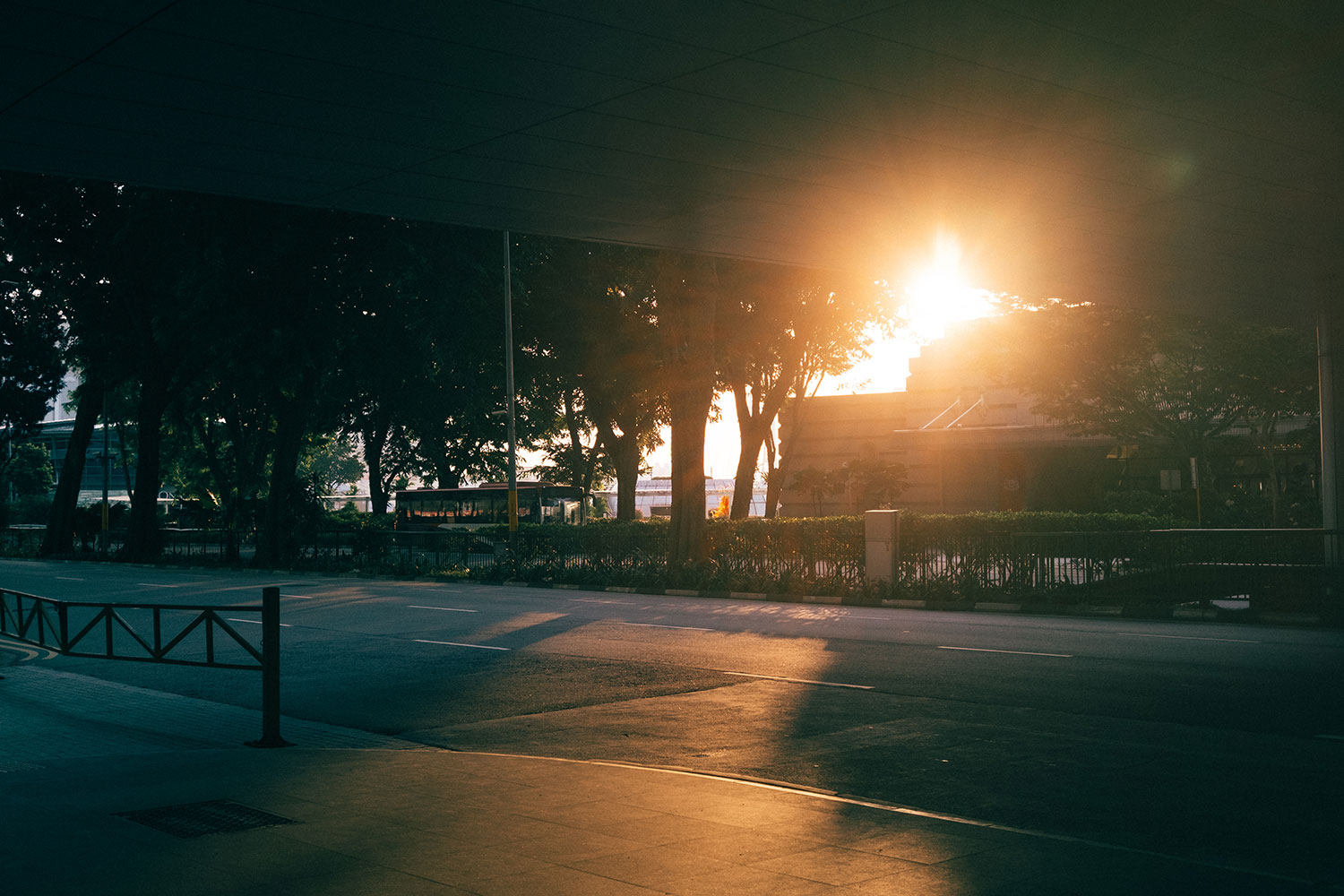








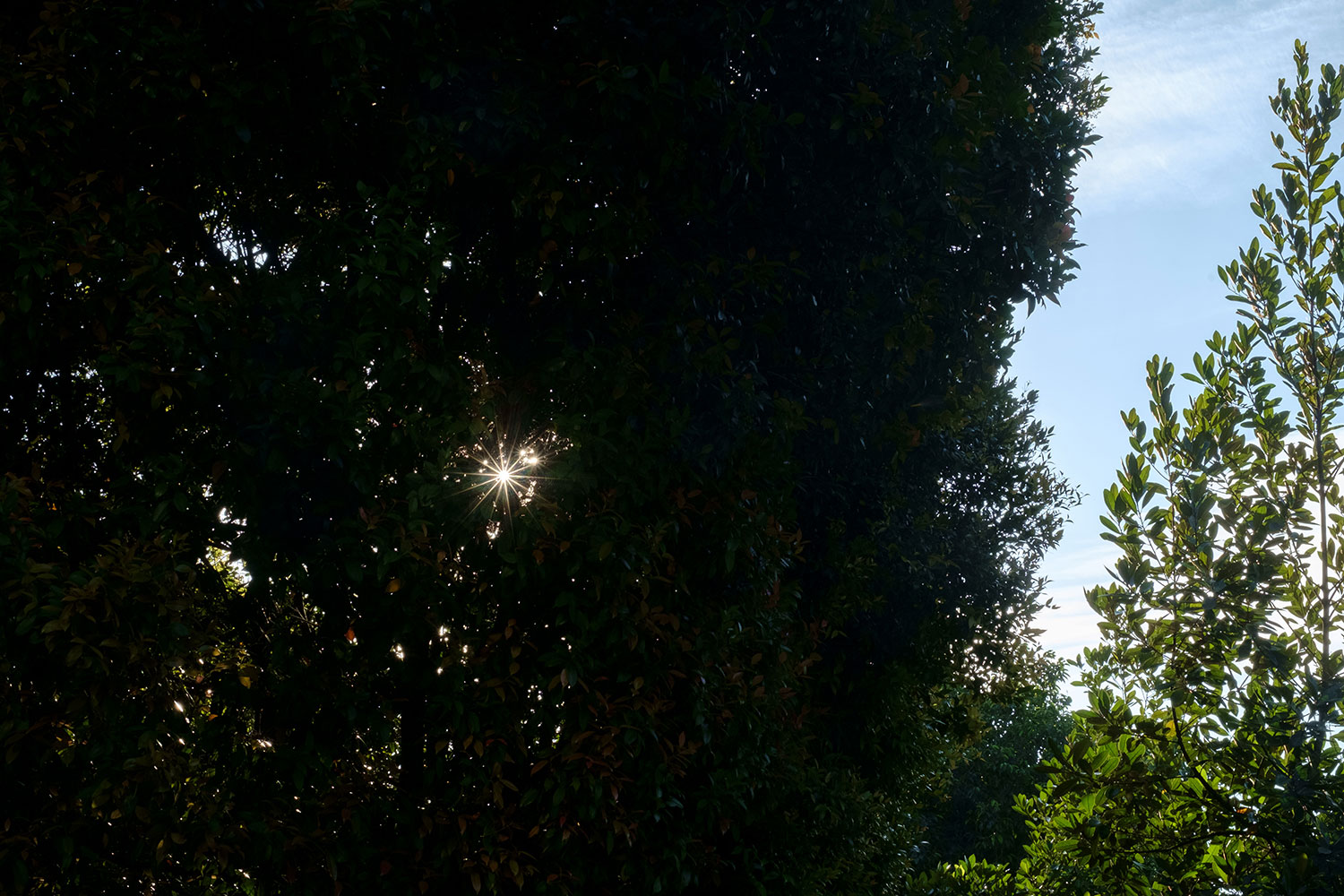

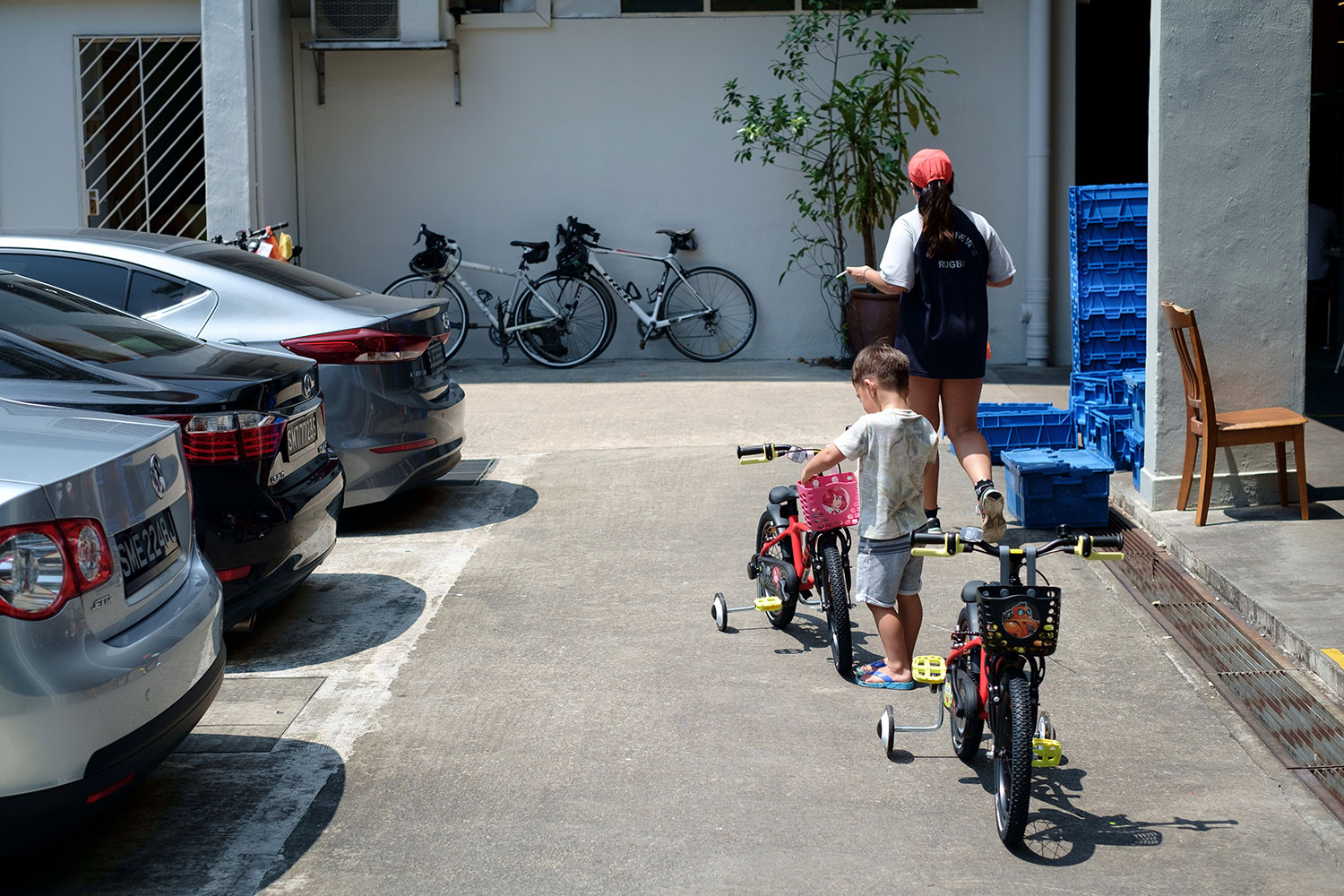
















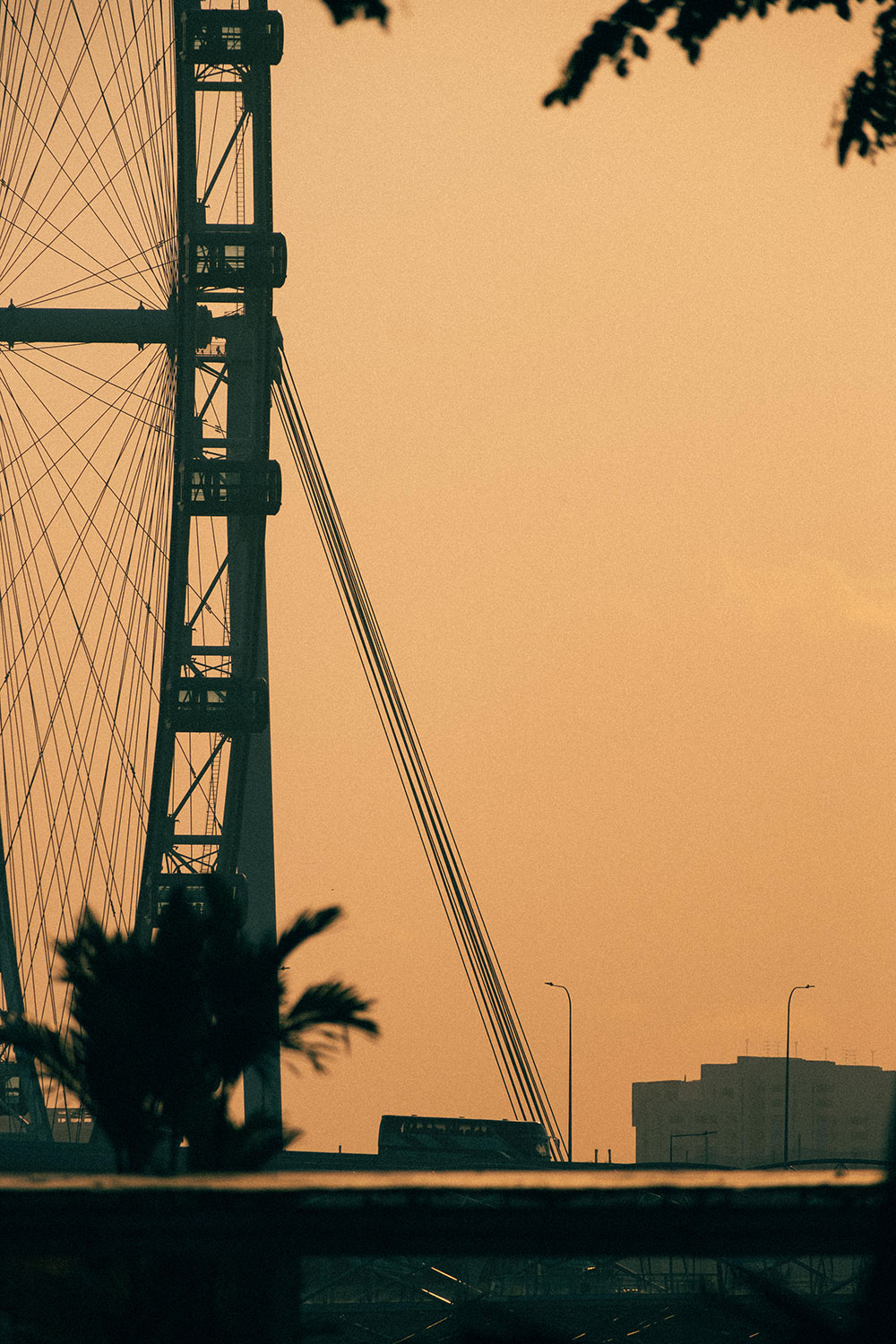


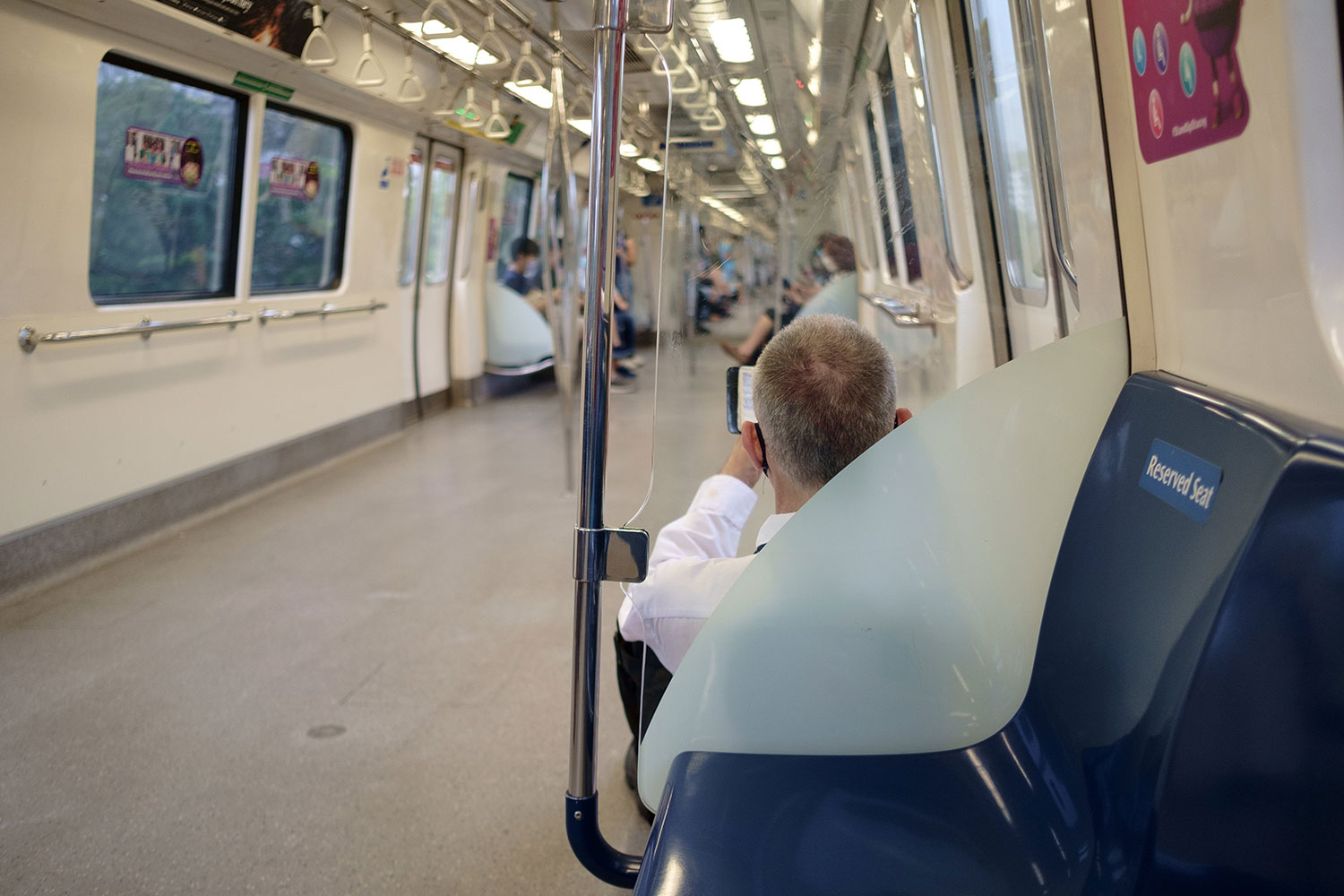



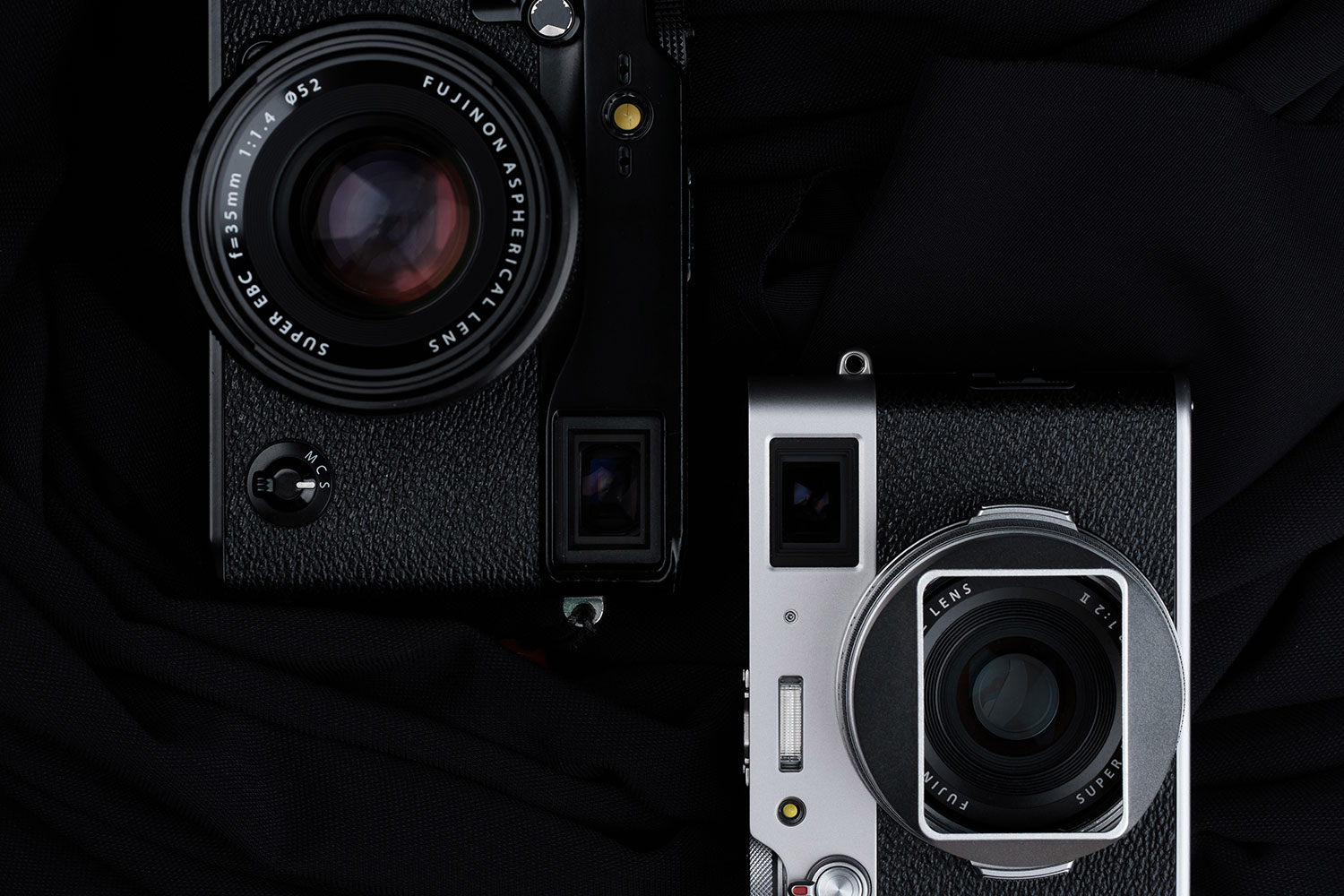
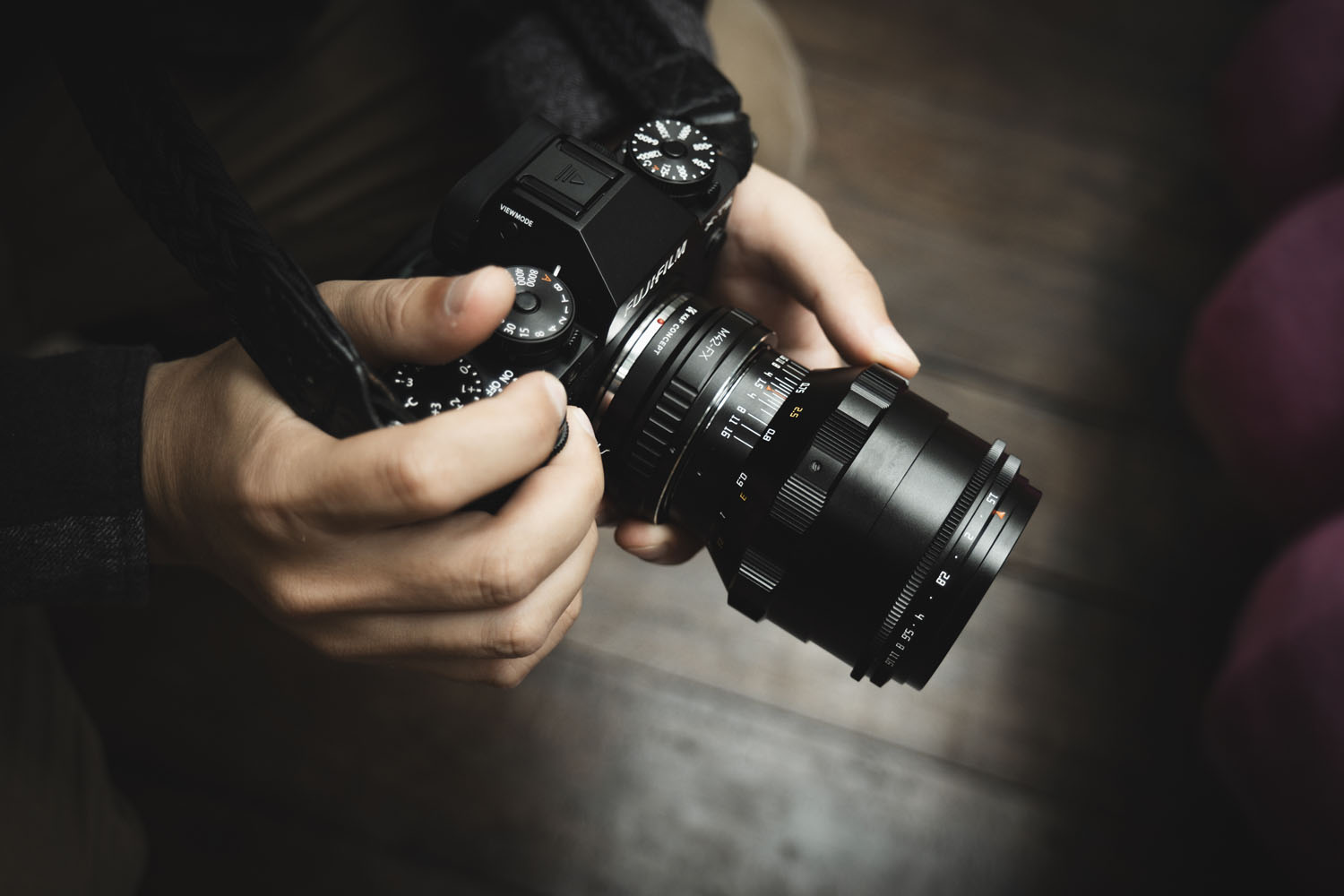


Albert Smith
September 15, 2021 @ 3:17 pm
I think more than most brands, Fujifilm users embrace the vintage (if ten years can be called vintage) models. YouTube is full of videos asking the already answered question, “Is the Fujifilm (fill in the blank) still viable in 2021?” On the Nikon sites, they look at you like you are crazy when you say you are still using a D700, which is my current full frame camera.
Like you, the X-T2 was my starting point into the interchangeable lens X system. I have expanded to newer models, but also I sought out and bought earlier generation cameras because of the talk of the magical rendering from previous sensors. Today, an older X-E2s gets as much or more use as my newer models. With the 35mm f/1.4, the images are so film-like that I can’t believe that I’m not using one of my old Leicas.
If you use an older model and can live with the few minor quirks, then of course it is not only viable, but a pretty good tool, even in 2021.
Albert Smith
September 15, 2021 @ 6:20 pm
MODERATOR: I am so, so sorry. I stupidly clicked on the wrong photo in my post to this thread. The photo that is showing makes no contribution to the subject, so please feel free to delete it. I will pay more attention next time and have my morning coffee before posting.
Again, sorry. Albert
fujixpassion
September 21, 2021 @ 5:15 pm
Hi Albert! No problem, it’s a magnificent pair of cameras 🙂
Dirk
September 16, 2021 @ 11:39 am
Hallo,
ich habe mir gerade eine X Pro 1 und kurz davor eine X-E1 gekauft.
Beide Kameras haben den Sensor der ersten Generation.
Begonnen habe ich allerdings mit einer XT2, die ich immer noch besitze.
Es kam eine XT4 dazu, die aber hauptsächlich meine Frau benutzt.
Warum kauft man sich also eine alte Kamera, wenn man modernere besitzt?
Weil sie einem gefällt und weil sie einen einschränkt.
Das hört sich komisch an, ist es aber nicht.
Man muss sich mit dieser Kamera arrangieren, sich auf sie einlassen und die vermeintlichen Nachteile durch die Art wie man fotografiert wieder ausgleichen.
Ja, sie ist langsam!
Ja, das Fokussystem ist langsam!
Die Batterieanzeige sagt lange es ist alles gut um dann plötzlich auf rot zu springen.
Man ist langsamer!
Ist es ein Nachteil?
Das muss jeder für sich entscheiden.
Wenn ich professionell damit arbeiten müsste, dann währe es wahrscheinlich ein Nachteil.
Wenn jemand aber einfach nur fotografieren möchte und sich auf das Wesentliche beschränkt, dann bekommt er für relativ wenig Geld eine hervorragende und super schöne Kamera.
Meiner Meinung nach, ist immer mehr Technik mit immer besseren
technischen Werten eine Sackgasse, denn es führt nicht zu einer besseren Fotografie.
Auch 2021,2022,2023……. eine Kaufempfehlung!
Gruß
Dirk
fujixpassion
September 21, 2021 @ 5:28 pm
Hi Dirk! We fully agree with you. All its limitations and slowing you down it’s not necessarily a downside, because you will have to work harder to overcome all these setbacks, making it a much more immersive experience. Just think that even these days, there are still people shooting with pinhole cameras 🙂
Patrick
September 28, 2021 @ 9:31 am
Hallo Dirk! Besser hätt’ ich es aus nicht ausdrücken können. Seit 2018 fotografiere ich mit einer Sony A7iii und dazugehörigen Sony Objektiven. Natürlich ist die Klarheit, Dynamic Range, Unschärfe usw. “besser” als bei meiner kürzlich – stark gebraucht – gekauften X-T1. Aber… und das ist ein riesiges ABER… die Fuji macht mir einfach viel mehr Spaß zu shooten als es die Sony je könnte. Und meine X-T1 ist wirklich stark gebraucht (andere würden sogar ,,verbraucht” sagen); beim ISO-Rad drehen verstellt sich der Drive-Mode immer mit um, wenn ich den Shutter-Speed ändere habe ich das selbe Problem mit dem Fokus-Schalter. Ein Teil von der Ummantelung fehlt seit längerem. Aber alles egal, solang ich damit Spaß hab! (Noch ein Foto von meiner Kenya-Reise –> X-T1 mit Samyang 12mmF2.0)
Steve Surfaro
September 20, 2021 @ 7:46 pm
A very nice article; however, where is the coverage with “old glass,” or vintage lenses producing unique subject and background rendering? As both an X-Pro2 and X-Pro1 user, I am fortunate to keep mostly “dedicated lenses” on each, to grab, focus and shoot. The X-Pro2 has a Zeiss Touit 10mm that gets me my wide angle event shots, with autofocus. The X-Pro1 has its choice of Meyer-Optik Trioplan 2.8/100mm, 2.9 50mm, Carl Zeiss Jena Tessar 2.8/50, Carl Zeiss Sonnar 1.5/5cm and more. These vintage lenses are excellent “matches” to the fast X-Pro1 ease of manual focus peaking, and background rendering through the viewfinder. This allows you to offer a fast choice of bubbly or creamy backgrounds to your subject, just by switching cameras, that BTW use the same battery as X-PRO2!
Magnus919
September 21, 2021 @ 12:30 am
If someone were starting out, I agree, get into the second generation of Fuji X cameras. They were some real beauties in there, including the X-Pro2.
The EVF on the X-Pro1 had a slow refresh rate and I found that made it hard to work with.
X-Pro2 plus manual focus 35mm lens and you’re set for life.
Johan
February 8, 2022 @ 7:06 pm
Great article, and photos. Personally, at this point, I would try to get a used X-Pro2. I know there’s a lot of debate about the sensor generations, but the X-Pro2 output is great for me, and you get the Acros film simulation (yes, I have used the X-Pro1 and X-E1 as well). Besides, the X-Pro2 is a lot more usable for me, both with AF glass (speed and AF reliability), and with MF glass (the excellent ERF). However, the X-Pro1 still is a very fine camera as well (would just not be my choice, with the X-Pro2 used prices slowly coming down).
Borya
March 16, 2022 @ 9:07 pm
Very interesting, thank you! I own both the X-Pro1 and X-Pro3 and the X100 and X100V but I used several other Fuji cameras over the years (X100, X100F, X100V, X-T1, X-T2, X-E3 & GFX 50R) and nothing compares to the X-Pro1 and the original X100. Both have that magic and they’re so inspiring that, whenever I feel like I’m losing motivation, all I have to do is pick up either one for a couple of hours to get back on track. The X-Pro1 has a unique sensor, arguably the best in the digital world to those who like film, and it’s as stunning in 2022 as it was 10 years ago, especially in black and white. Yes it has quirks and you’re likely to miss out quite a bit as compared to more recent cameras but, man, the shooting experience is just out of this world. I don’t think it’s that slow actually, at least if you don’t intend to shoot sports with it. This camera is not the easiest one and you’ve got to know what you do if you want to enjoy its full potential. In my opinion it’s designed for pros and advanced photographers only. But if, like me, you shoot mainly portraiture and street (or even landscape), the X-Pro1 will light up your photography days and bring back fun, inspiration and satisfaction. The X-Pro3 is my main gear and better in every way than the X-Pro1 (and so is the X100V as compared with the original X100) but my X-Pro1 (and my X100) will always be next to me. It changed my life as a photographer and it still makes me happy to this day! Cheers!